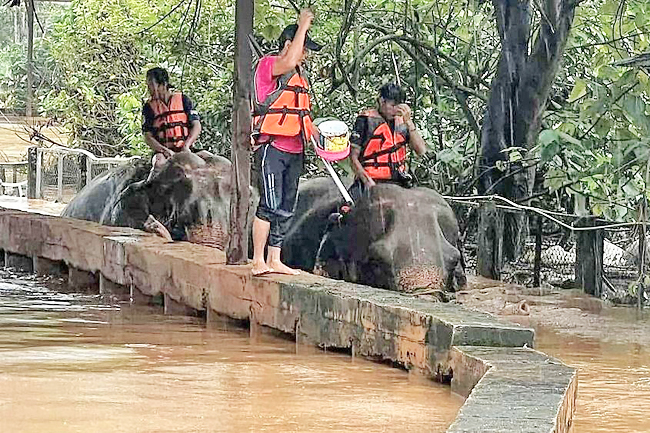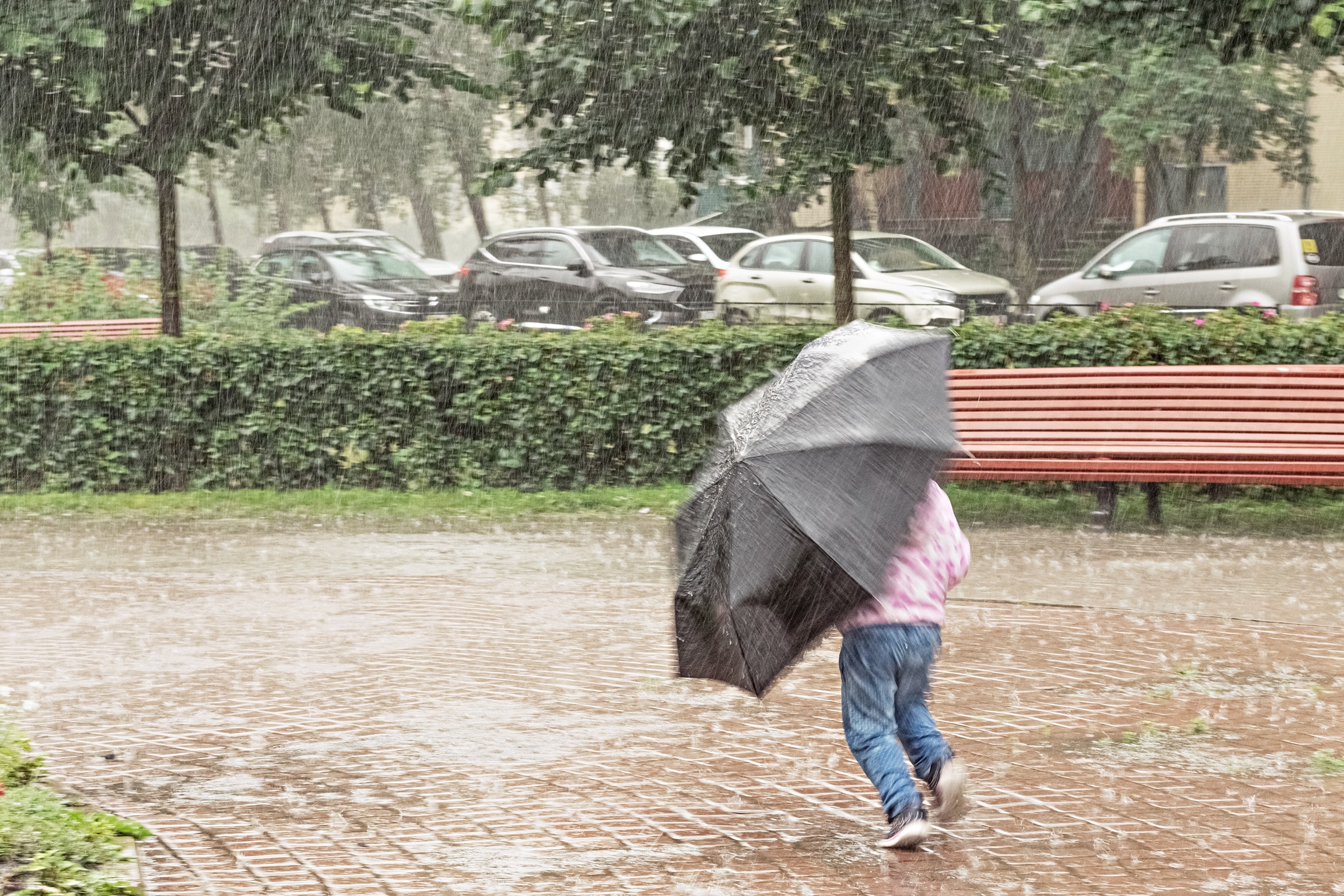ANN/THE STRAITS TIMES – Southeast Asia could see higher-than-normal rainfall in the coming months, threatening further disruptions to agriculture, tourism and industrial output in a region already hit by a series of storms in 2024.
Weather forecasters predict wetter conditions from the Philippines to Vietnam until November, in large part because of the emerging La Nina phenomenon, which moves warm water towards the western Pacific Ocean and brings more rainfall over the region.
More rain could hamper recovery efforts in Vietnam, which in September was battered by Typhoon Yagi, the worst storm to hit the country in decades. The manufacturing powerhouse has already taken a VND40 trillion hit from Yagi, and the authorities have warned that damage from the storm – such as in inundated factories and flooded rice and coffee harvests – could cut into this year’s overall economic growth.
Tourism-dependent Thailand is staring at a THB30 billion bill in damage from a wave of flooding in the north, including in Chiang Mai, which forced the evacuation of around 100 elephants from a conservation centre. And the Philippines, which sees around nine typhoons each year, is still reeling from several deadly storms in recent months, including Gaemi in July, Yagi in September, and Krathon in October.

“La Nina conditions are predicted from October-November 2024 onwards, one of the factors contributing to a chance of above-normal rainfall” across several countries in the region, said the ASEAN Specialised Meteorological Centre.
Singapore issued a flood alert on October 14 as the inter-monsoon period brought lightning and thundery showers to the tiny city state.
The Philippines weather agency predicts large parts of the archipelago may see above-average rainfall until the end of 2024 and 160 per cent above average in January.
Vietnam is forecast to see higher-than-average rainfall, including in the export-oriented and industry-heavy north, according to the country’s meteorological service. The country’s central region, another important industrial hub, could see as many as five flood events until March.
Vietnam could also see a higher number of tropical storms than usual until April, according to forecast operations leader for The Weather Company Takahisa Nishikawa, potentially “producing heavy rain with a risk of flooding, mudslides, and collapsed buildings due to strong winds”.
The World Meteorological Organisation predicts a 60 per cent chance of La Nina conditions emerging towards the end of 2024. Experts have been predicting its arrival for months, and it is expected to be weaker and shorter than initially forecast. The phenomenon pushes warm water towards Asia and Australia and is the opposite of El Nino, which brings drier conditions.
Warmer sea surface temperatures also contribute to the development of storm systems. Research by scientists in the US and Singapore shows a warming climate is expected to increase the likelihood of typhoons forming and intensifying closer to Southeast Asian coastlines.
“Tropical cyclones are going to get strong because the underlying theory is obvious: ocean temperatures are higher,” said director of the Earth Observatory of Singapore Benjamin Horton who was involved in the research. “The warmer the oceans, the more energy there is for tropical cyclones to get bigger, and bigger, and bigger”, and places like Vietnam can expect to see more super typhoons.

The increasing ferocity of tropical cyclones in the Pacific Ocean is compelling businesses and governments in the weather-prone region to consider new ways of storm-proofing.
“If Yagi has proven anything, it is that if you need to future-proof your country and its economy, there is no pragmatic approach other than you should start now,” said chairman of EuroCham Vietnam Bruno Jaspaert.
The Amata City Ha Long industrial park in the north of Vietnam is a case in point. Established in 2018, the industrial park conducted extensive surveys to assess flood risks prior to breaking ground and invested in an advanced flood defence system.
While Yagi’s strong winds caused some damage to factories, “flooding was fortunately averted within our park”, operator Amata said in a statement.
Jaspaert said Yagi could prompt the Vietnamese government to tighten industrial building regulations to better storm-proof buildings.
“Yagi creates more willingness to invest more and look for more ways to protect buildings,” he said.



















































